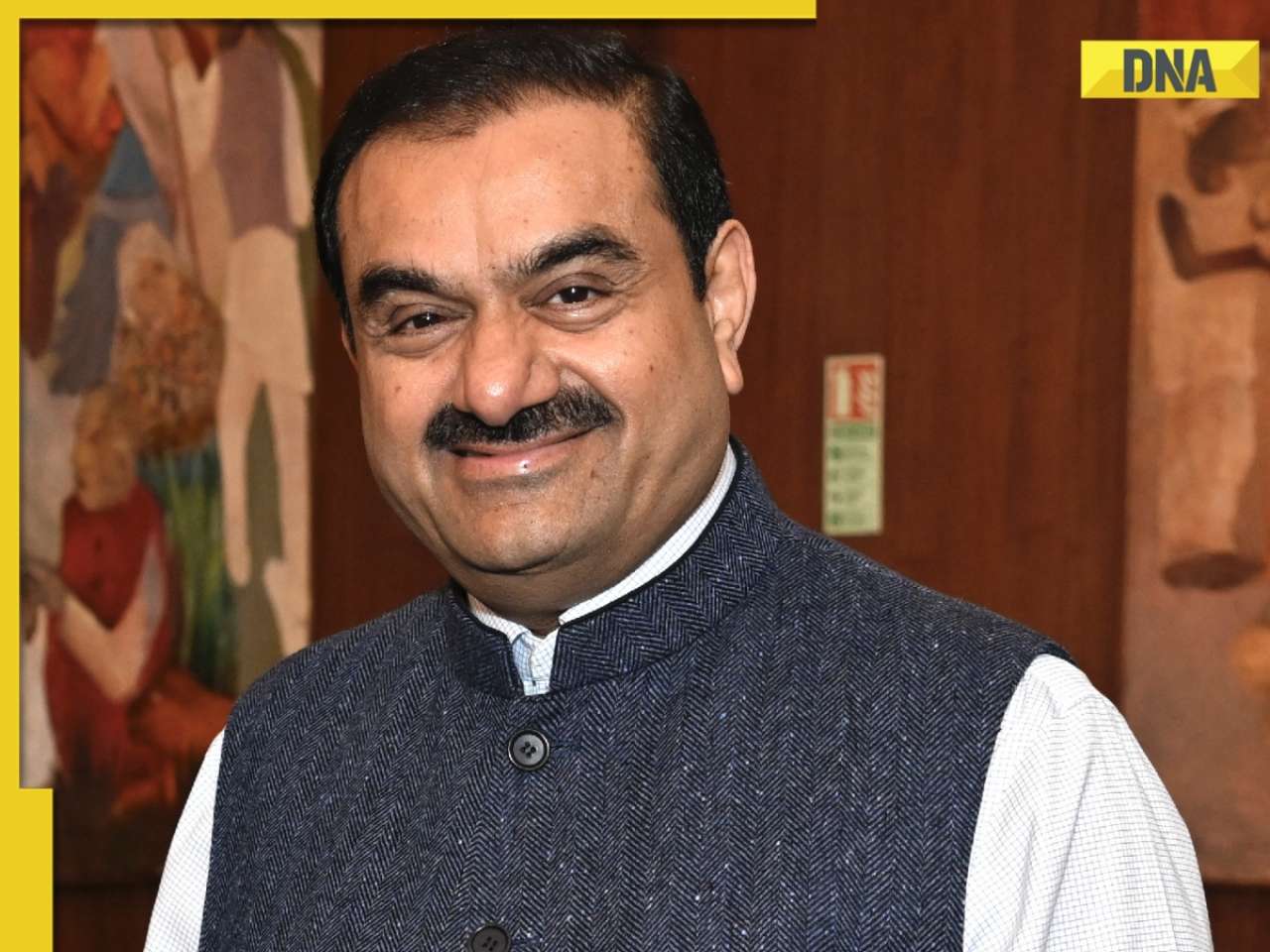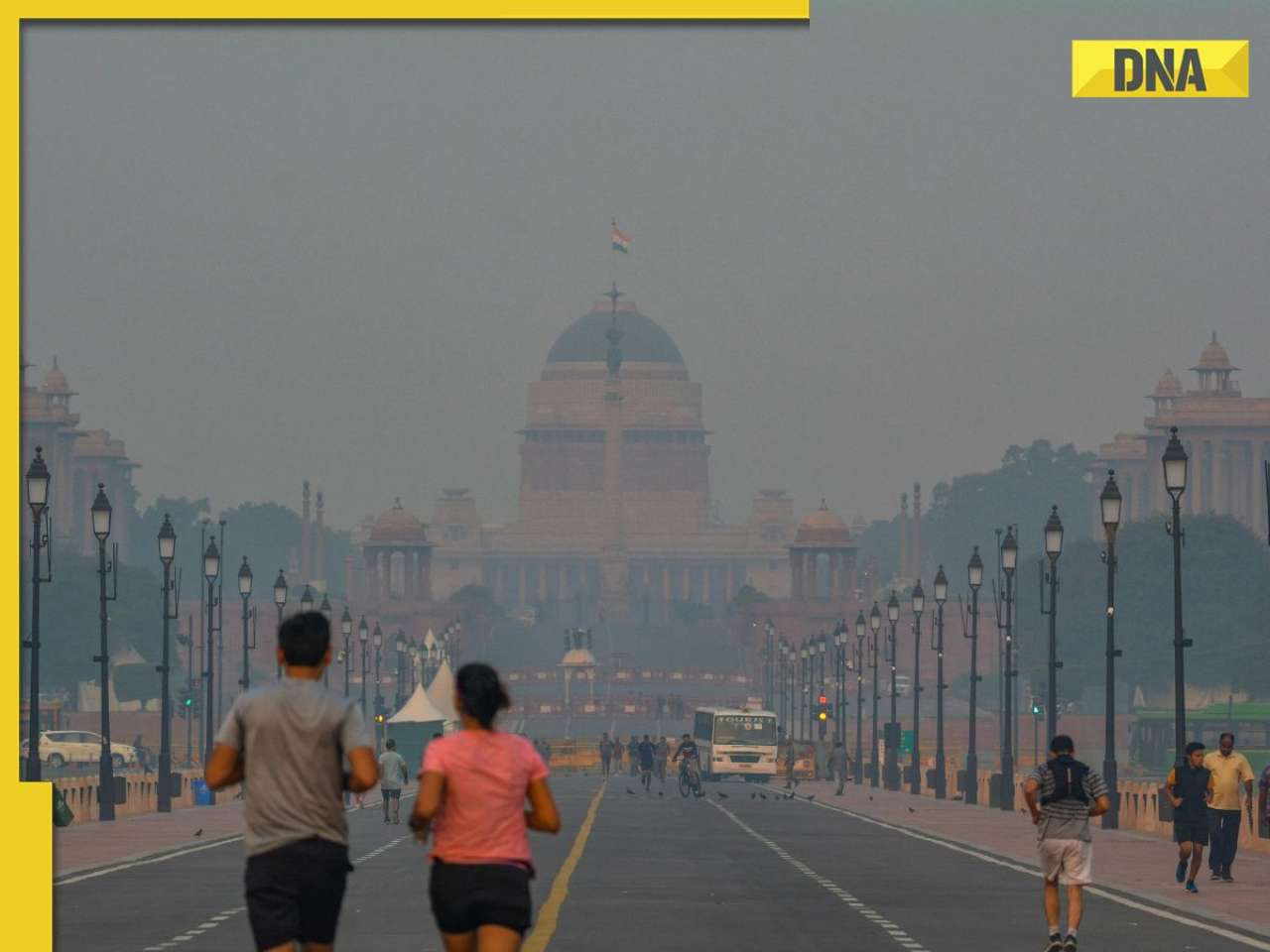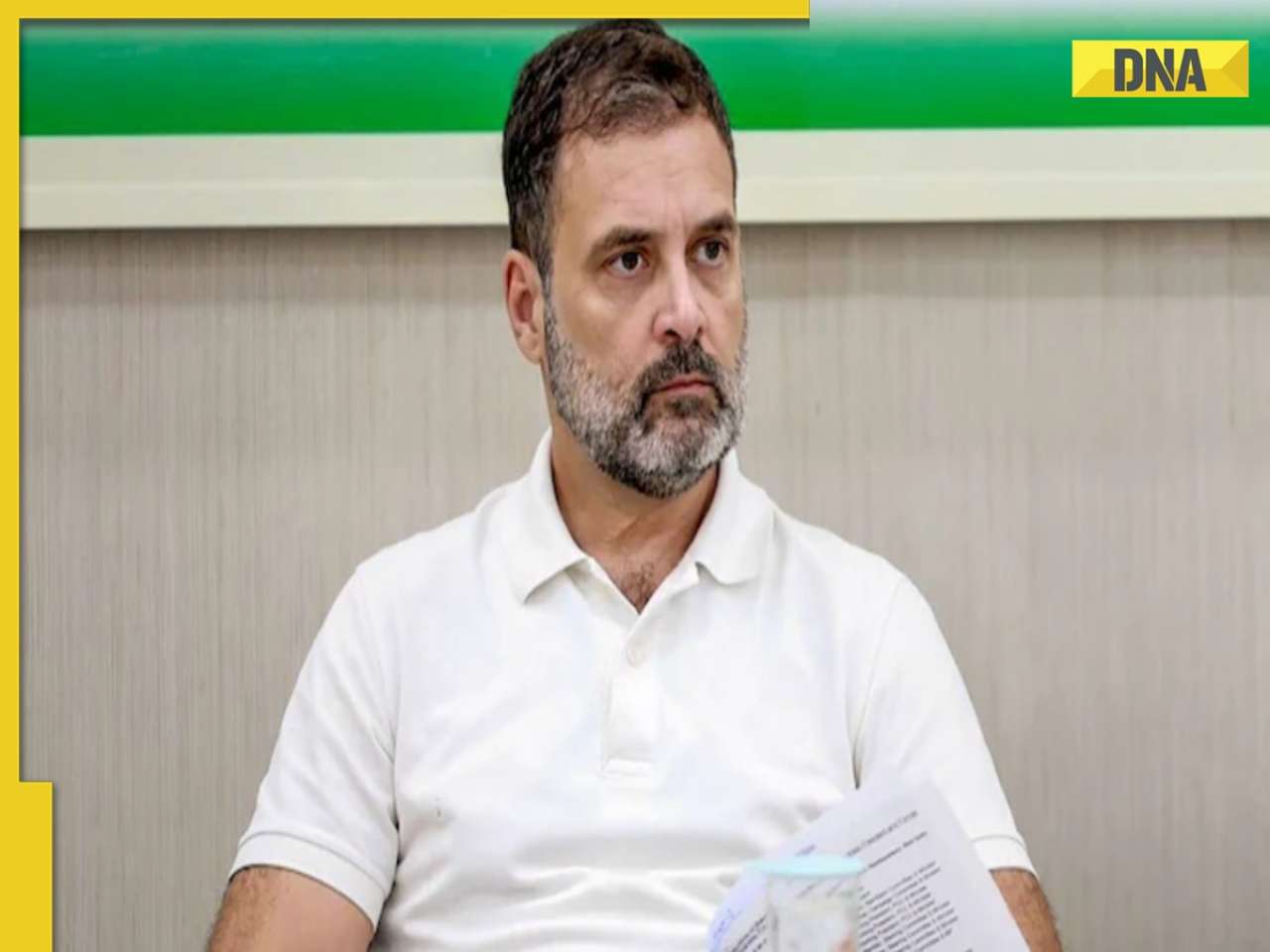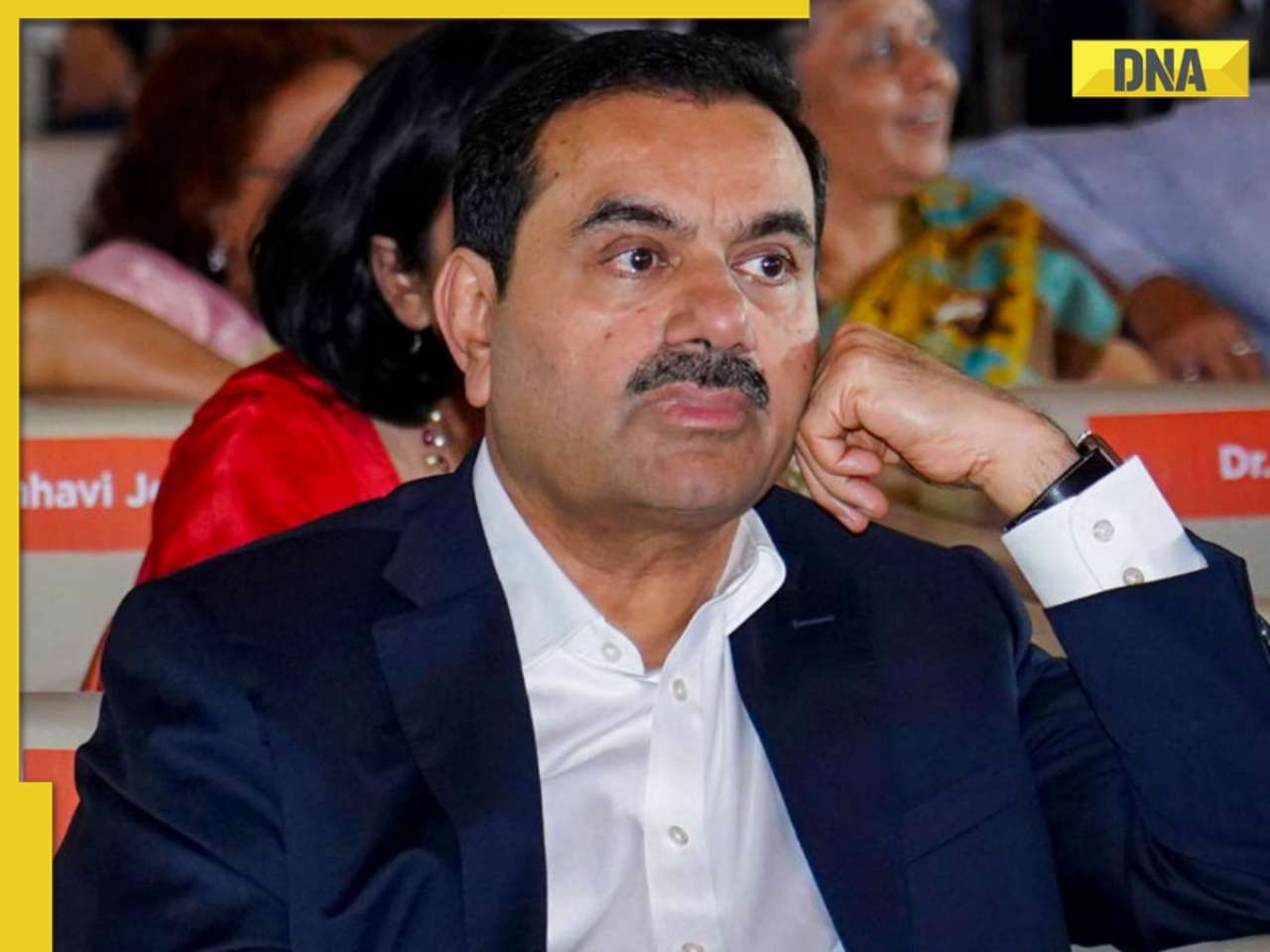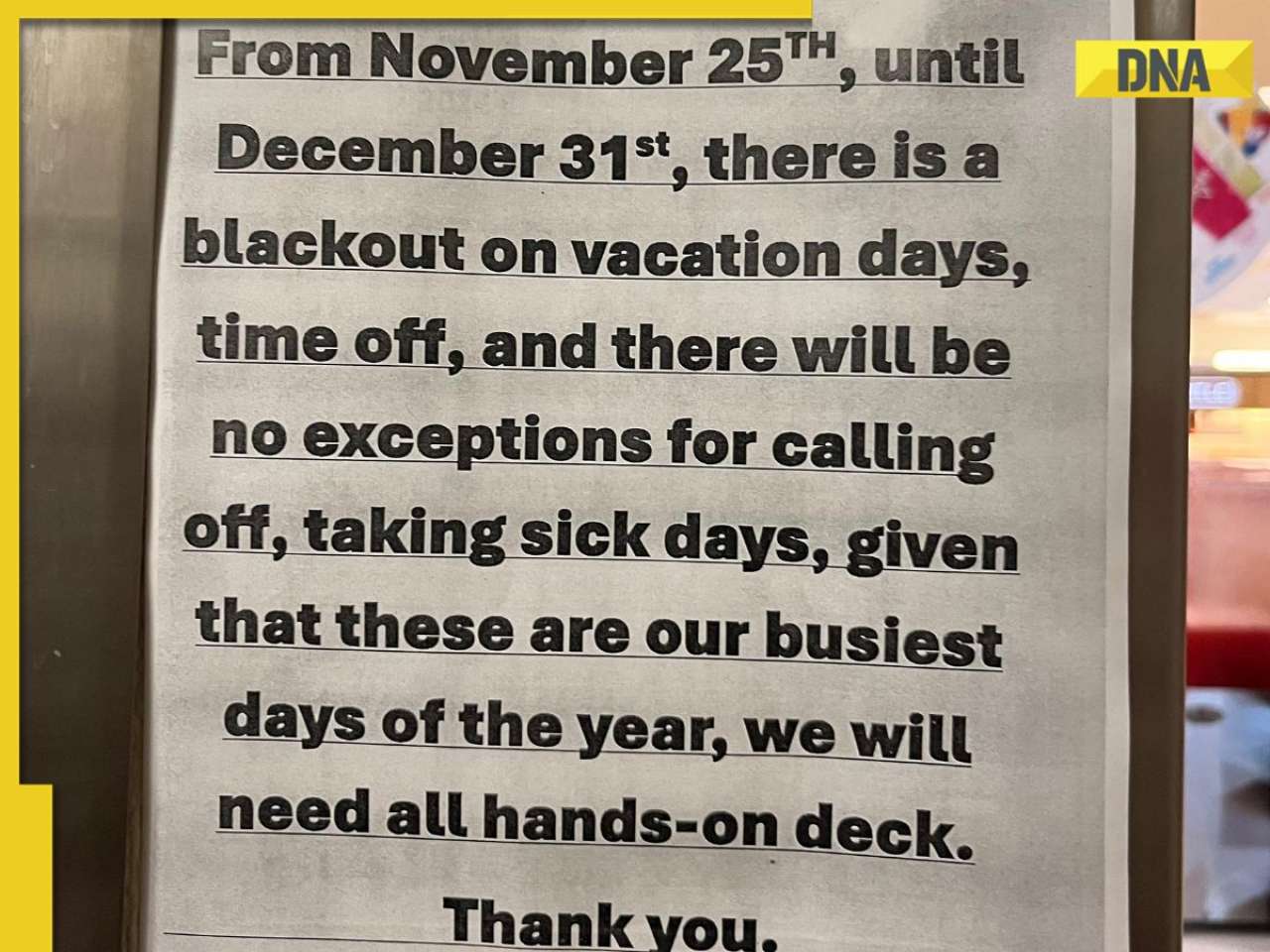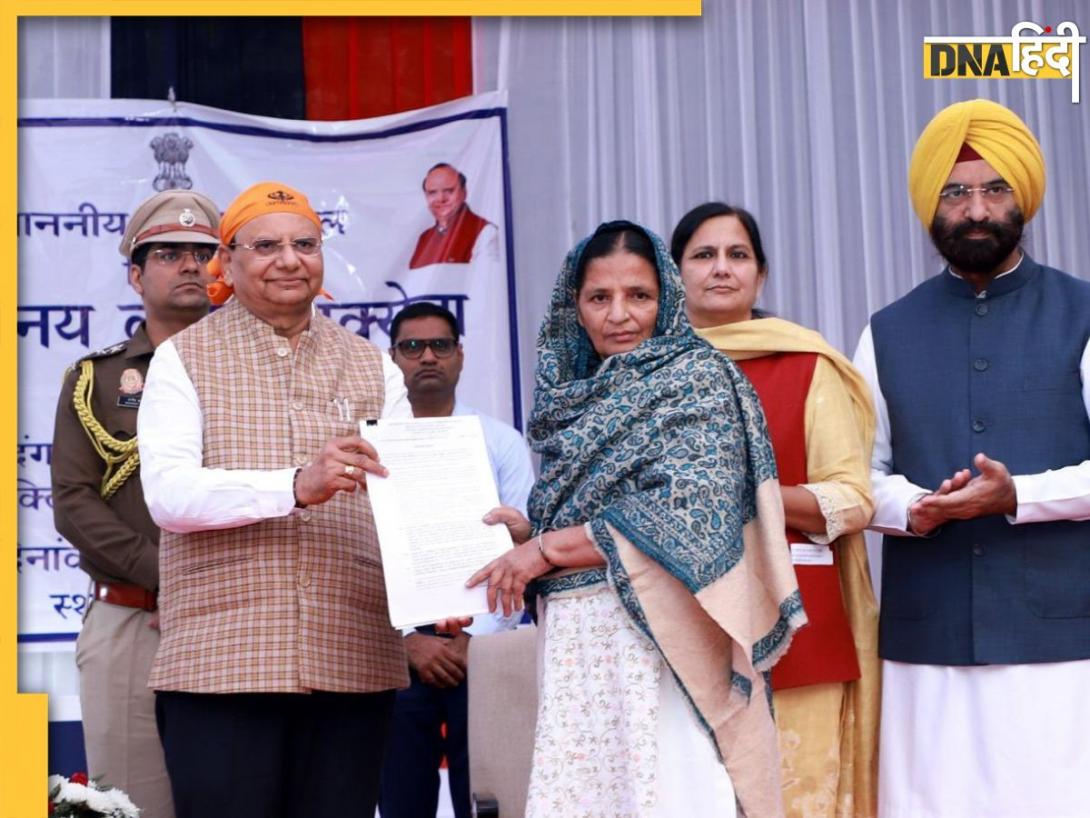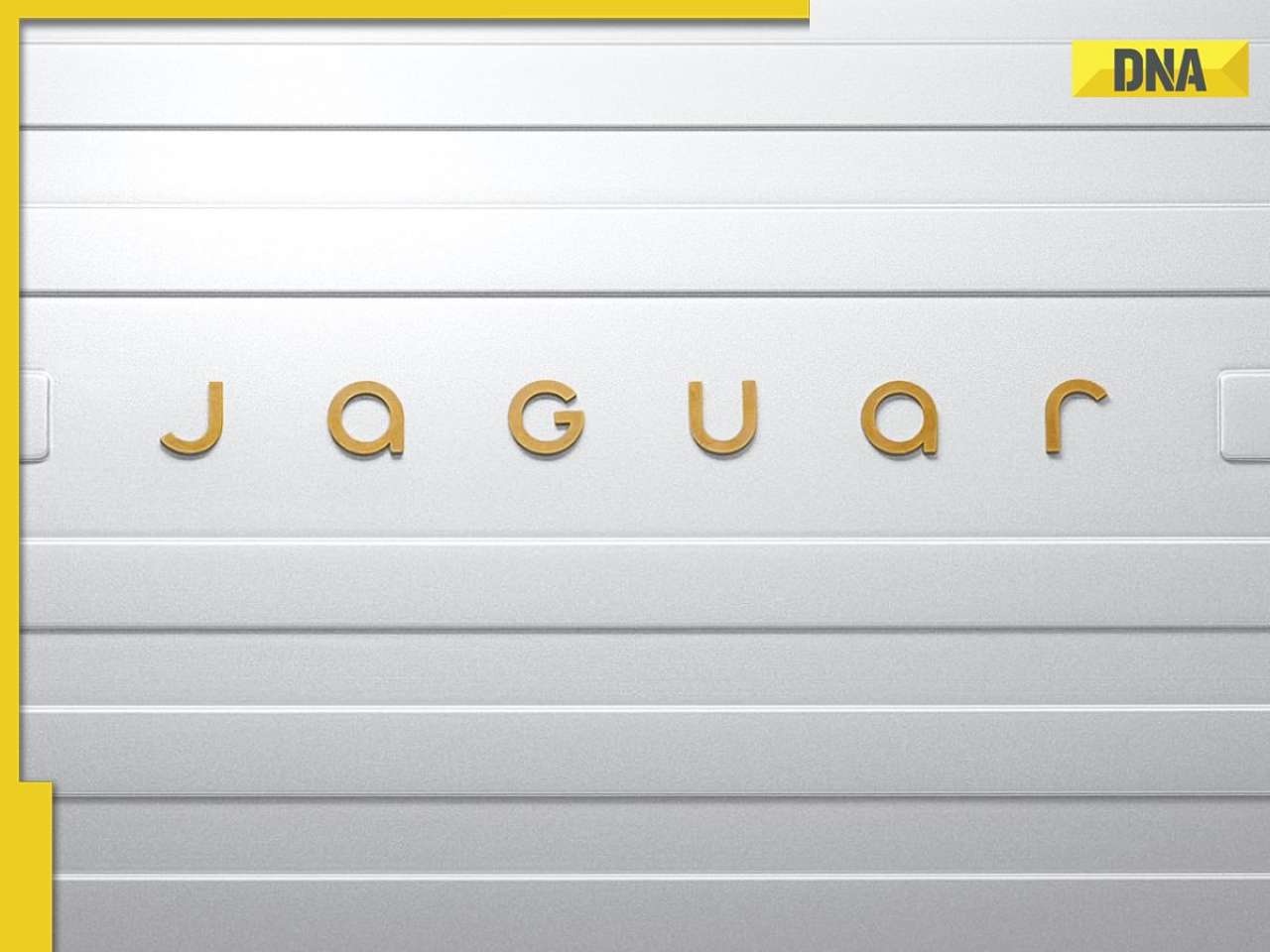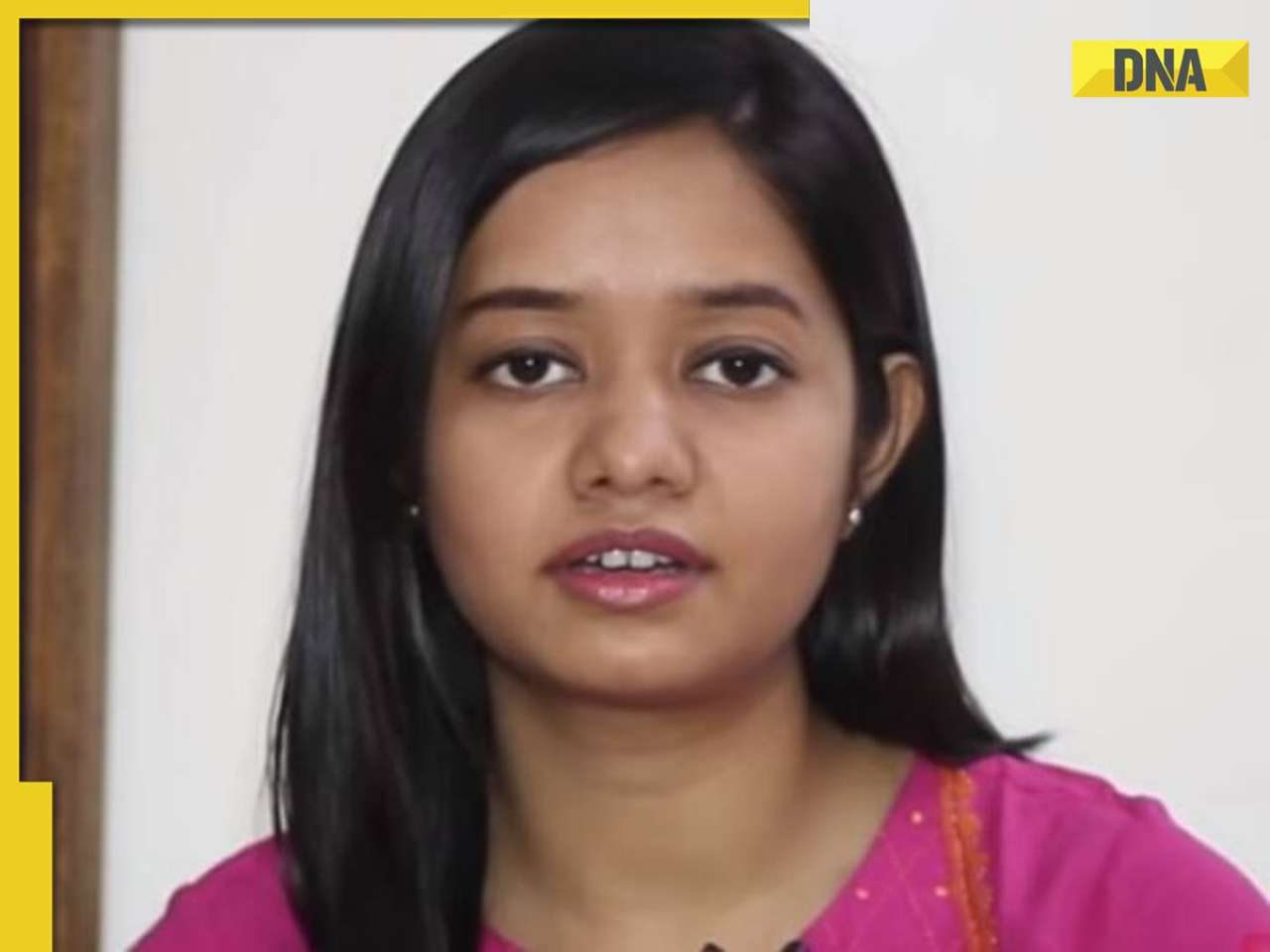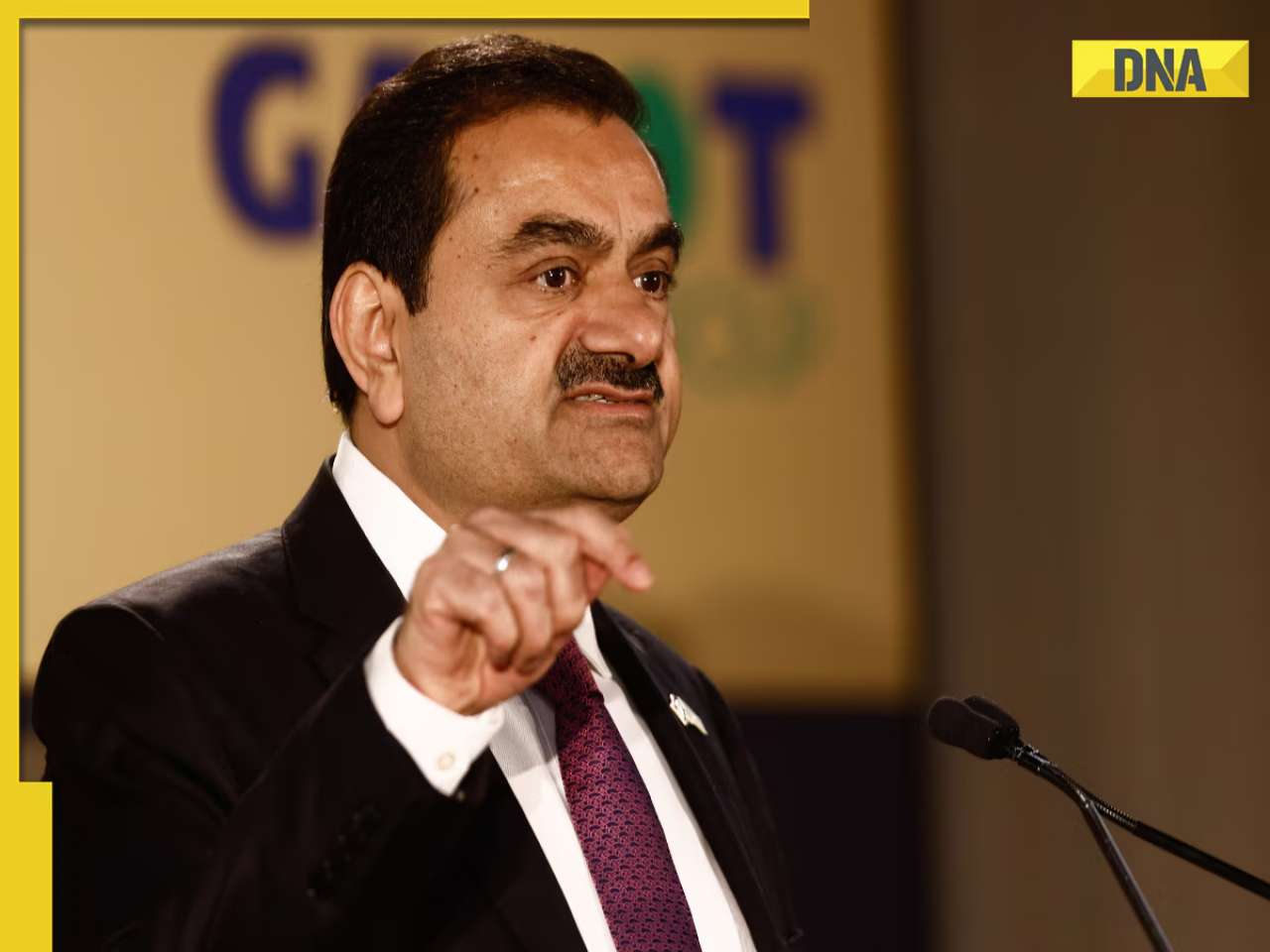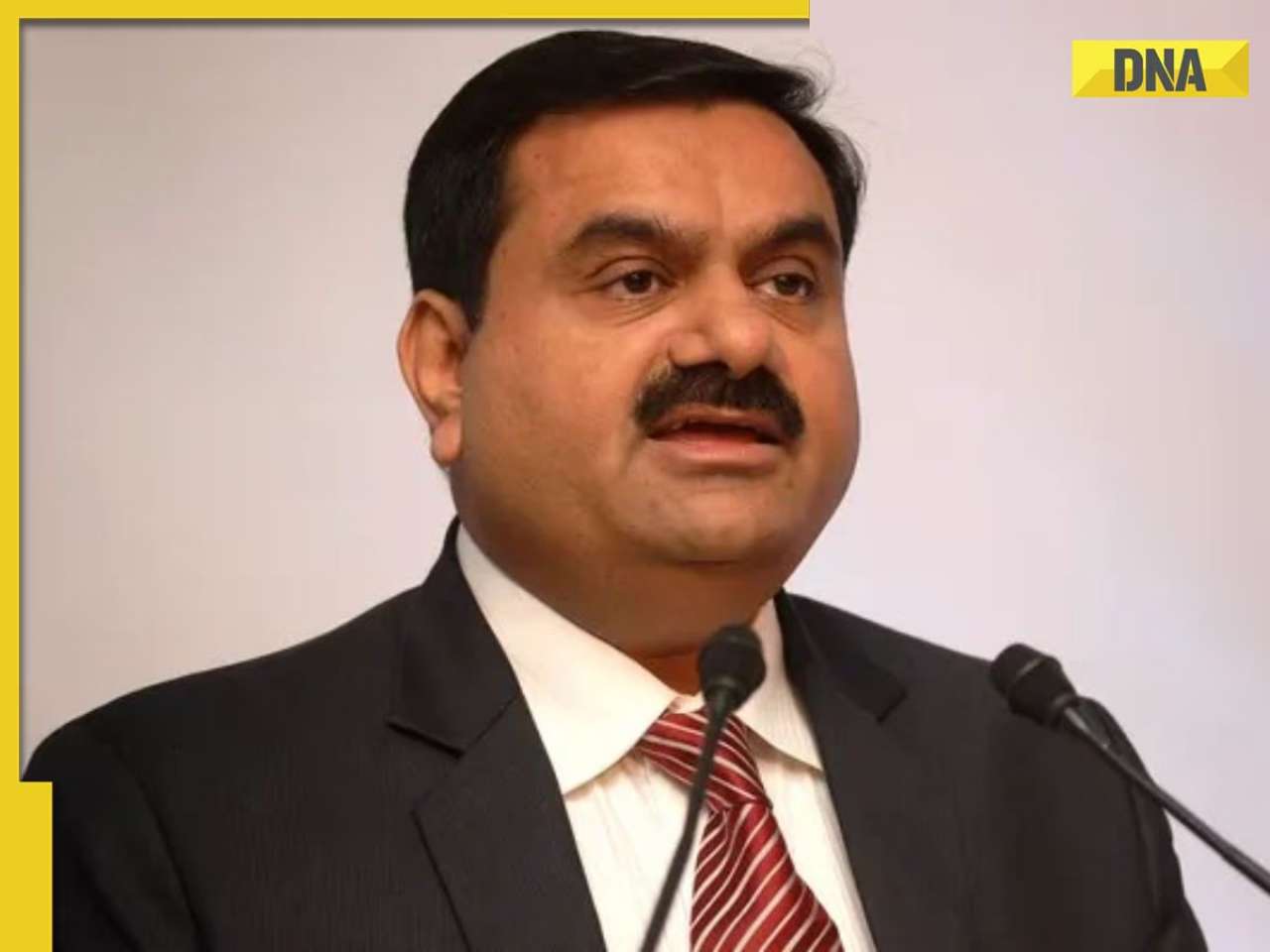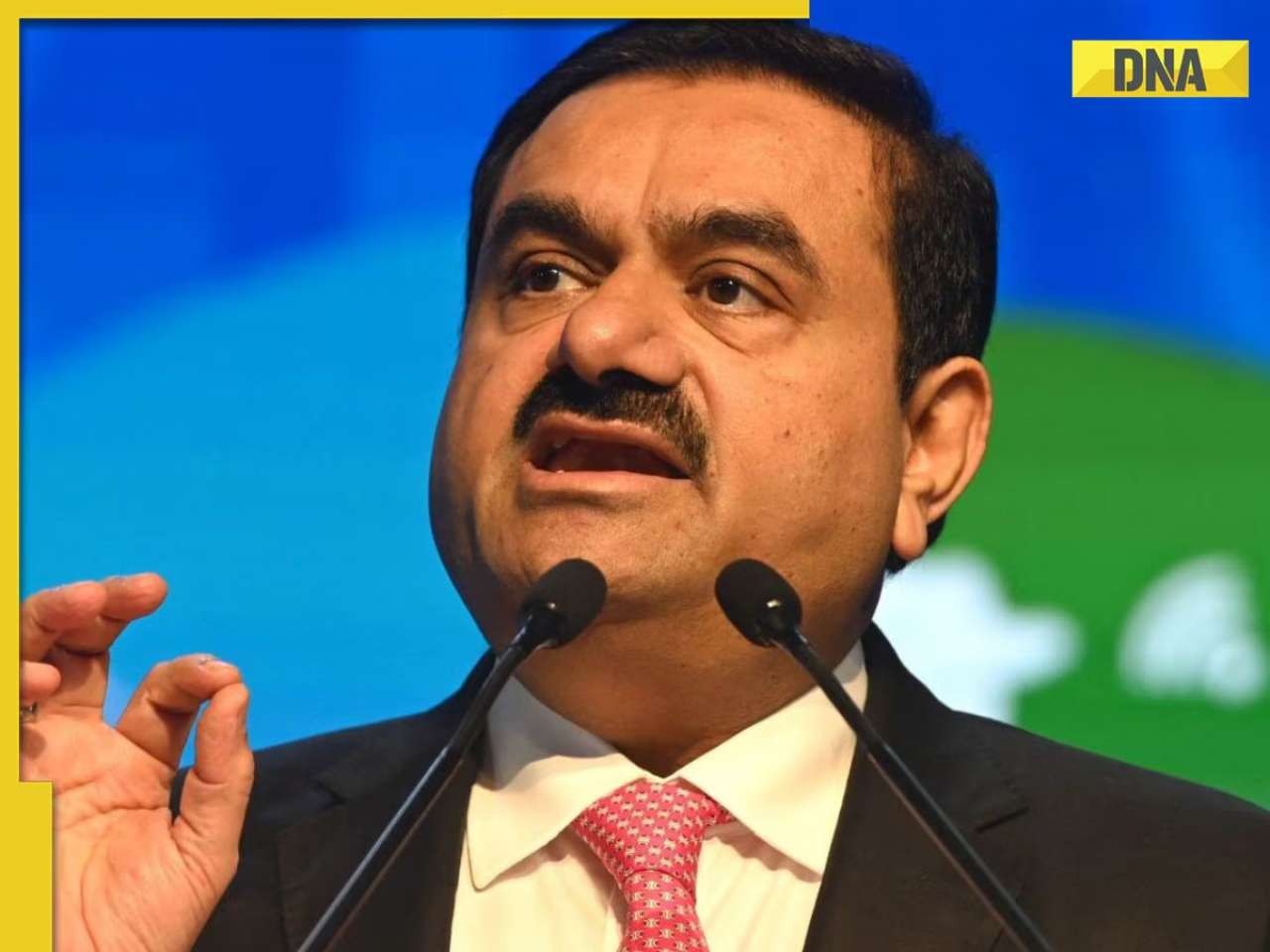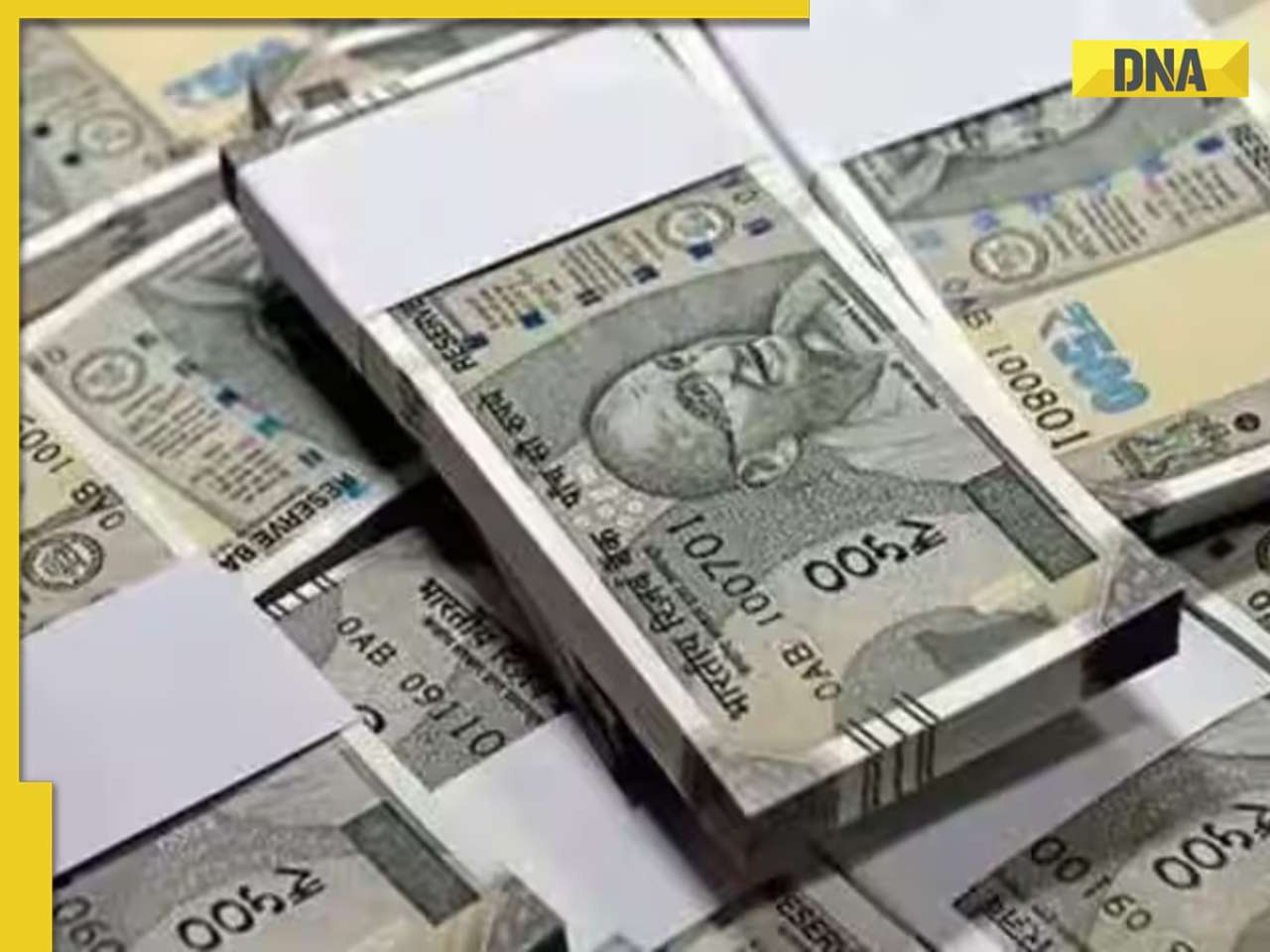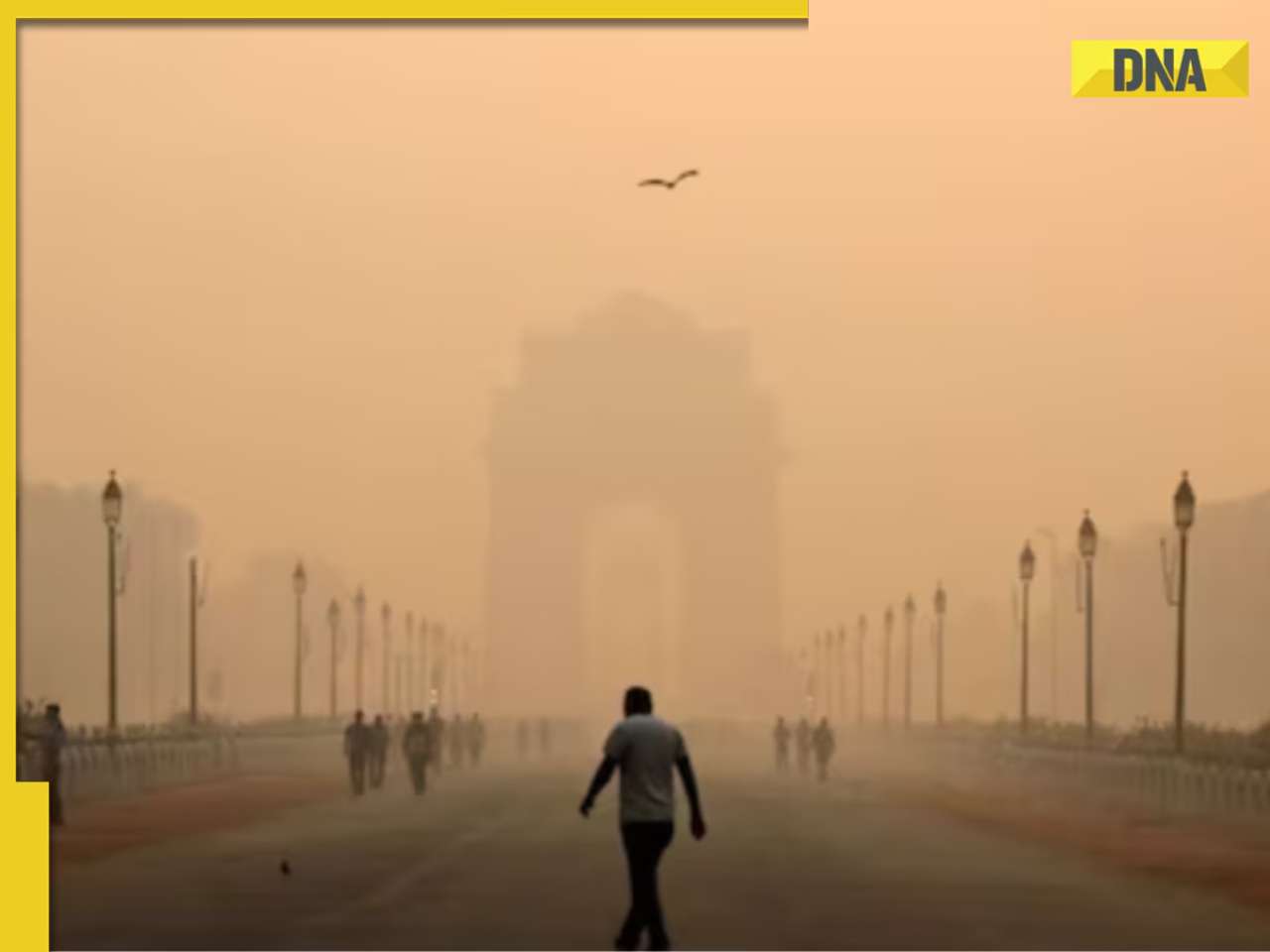- LATEST
- WEBSTORY
- TRENDING
ANALYSIS
This is the worst drought in the history of Marathwada: Atul Deulgaonkar
Senior journalist and author of seven books, Atul Deulgaonkar dissects the macro and micro level policies which have resulted in farmers suicides becoming endemic across the country.
TRENDING NOW
This is the third consecutive year of drought in Marathwada, each one more acute than the previous. The region normally receives around 780 millimetres of rainfall during monsoons. The number has dwindled to 259 this season. The IMD’s figures indicate an ominous 51% deficit. District officials have estimated in excess of 70% of the Kharif crops to be failed. Less than 10% water remains in 11 major reservoirs. More than 600 farmers here have already committed suicide this year. According to official records, almost 80% of the state is facing a drought.
Senior journalist and author of seven books, Atul Deulgaonkar paints the horrific picture of Maharashtra, especially Marathwada, and dissects the macro and micro level policies, which have resulted in farmers suicides becoming endemic across the country. Deulgaonkar, the joint secretary of the Forum of Environmental Journalists in India and the author of Swaminathan, in which he delineates the green revolution and profiles its father MS Swaminathan, puts the agrarian crisis in perspective in this in-depth interview with Parth MN.
How terrible is the situation in Marathwada? Is it worse than the infamous drought of 1972?
This is the worst drought in the history of Marathwada. The cumulative impact of three consecutive droughts is devastating. Untimely rain, hailstorm and this season’s dry run has ensured farmers are completely destitute. A farmer told me, “Earlier at least we had pesticides to commit suicide. Now we cannot even afford that.” Last year they reaped at least something. This season, the 45-day dry spell did not allow farmers to even conduct the sowing process in most areas and where the sowing process did take place, the crop dried up.
The drought of 1972 seems tolerable when juxtaposed with 2015. In 1972, food and fodder was the predominant concern not water. This time around, major concerns are water and fodder and that too, at an exponentially larger proportion. The drought of 1972 was not multidimensional. Global factors did not play a role as they do today.
Can we blame the situation entirely on the weather?
The weather has gotten erratic, there is no doubt about it. But natural calamities always get magnified when the administration is not proactive. We have not taken climate change seriously. The 2013 report by Intergovernmental Panel on Climate Change (IPCC) explicitly states the climate change is a reality and needs to be taken into account. The frequency and amplitude of disasters like cloudburst, cyclone, floods has considerably increased because of climate change. We obviously cannot control it but we can at least make provisions to adapt to it. The first principle of disaster management is to reduce the risk of the disaster. According to United Nations, if you invest one lakh rupees in disaster management when things are normal, you end up saving 15 lakh rupees when the tragedy strikes. Sadly, the centre and state seems to be doing nothing in that direction.
Is it time to model our planning based on climate change?
In 1947, atomic scientists invented the doomsday clock, which considered threat of nuclear war in the wake of rising competition of warfare after America infamously bombed Hiroshima and Nagasaki. In 2007, all these scientists brought in one more parameter for the doomsday. The new introduction was climate change. Going by the latest position of the doomsday clock, we are merely three minutes (metaphorically) away from doom in both criteria. Thereby, the global focus must now shift to climate change and India’s more so because we are more vulnerable. With all these details coming to the fore, our planning must be modelled accordingly, which is sadly not happening.
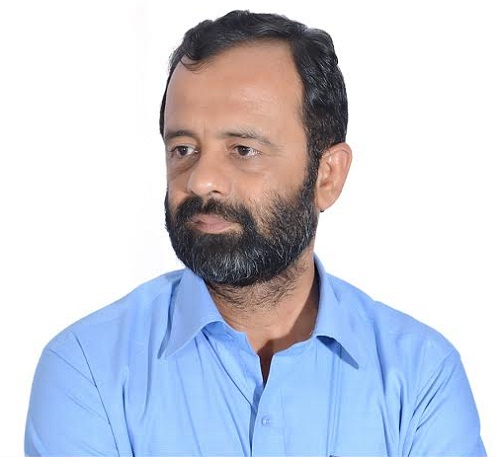
Atul Deulgaonkar
Coming back to Marathwada, why is it so vulnerable?
There is a concept in water management called ‘sovereignty’. China is a water sovereign country. In fact, 22 countries depend on it. Even Turkey is independent. Bangladesh, on the other hand, is completely dependent for water. Now if you categorise India’s states or regions from that perspective, then Marathwada relies entirely on other regions for water. Not even a single river originates here. If Ahmednagar obstructs water from Godavari river, the Jayakwadi dam, on which 305 villages and most of the irrigation projects in Marathwada depend, does not fill up.
Marathwada was once a prosperous region under Nizam.
Marathwada once had 30% forest land. It has now dwindled to 1%. Simultaneously, the ground water reserve is declining so rapidly that people have dug borewells as deep as 1500 feet to fetch water. We are in dark zone. The ideal stratum is merely 80 feet where 80% of the ground water is accumulated. 15% happens to be within 300 feet. And only 5% of it is below that level. We have already fiddled with the deep aquifer, which takes a thousand years to be refilled.
Are we heading towards desertification?
Yes, we are. India has 3.5 crores borwells. Out of those, 1 crore have been taken in the last decade. In Marathwada, at least 10000 new borewells come into existence per month. If this continues, it is estimated that the amount of ground water we would have in 2020 would be one fourth of what we had in 1950. It means every third person would be water stressed. The environmental disaster is in the making. The damage seems irreparable.
NASA’s report shows the borewell dependent economy is ominously increasing in Rajasthan, Delhi and Haryana as well. I had gone to Telangana recently, where the addiction of borewells is palpable. I met a farmer who had dug 41 borewells. His wife requested the police to arrest him. Otherwise, she thought, he would commit suicide. While it may seem idiotic or naïve to dig 41 borewells, but what is the purpose behind it? Even one successful borewell can ensure a steady crop.
African countries like Ethiopia, Congo are destitute in terms of environment and ecological poverty leads to economic poverty. All these circumstances must be considered while planning for the long term. Borewells must be banned if we are in the dark zone. We have a ground water act but it has not been implemented.
Ground water depletion leads to chilling side-effects on health as well. The water pumped out by digging deep contains copper, arsenic, fluoride and many such poisonous chemicals. The diseases are spreading rapidly because farmers are consuming the contaminated water.
The government has mooted the idea of Jalayukta Shivar to tackle the water crisis. How do you look at it?
Jalayukta Shivar is not a new concept. The earlier governments did try to enforce it but failed. If it is enforced and monitored well, the rewards shall be witnessed next year during monsoons. In times like these, water storage is imperative. But at the moment, the monitoring does not seem to be up to the mark. For the longest time, our bureaucracy has been lethargic. The problem with our system is that there are no incentives for good work and no punishment for lethargy.
How do you think it should be monitored?
We have reached Mars, we have the updated satellites; why can we not use the technology to monitor agricultural activities? The monitoring of Jalayukta Shivar ought to be done with technology. And this is the only thing the new government seems to have thought for Marathwada. Moreover, if we map the disaster using technology, we would hopefully see the end of the medieval method of judging crop loss. A man from the administration visits the farmland and estimates the loss and compensation based on a mere glance. How can it possibly be accurate?
Marathwada is parched. You just mentioned the environmental disaster looming large. Yet it has a deluge of sugarcane factories. Is it not preposterous to cultivate sugarcane in a drought-prone area?
Marathwada has 70 sugarcane factories. Sugarcane is a water guzzler. If the amount of sugarcane cultivated in Marathwada is restricted, the drinking water shortage would be a thing of the past. But merely sermonising about sugarcane is not going to result is farmers eschewing the crop. Sugarcane’s market price is 2000 rupees. Which crop is as lucrative? The message needs to be given through the market. If jowar is promoted like sugarcane is, farmers would cultivate jowar. But the current discourse insinuates that apart from sugarcane, no other crop can possibly yield considerable income. What are the incentives for farmers to make that shift? At the moment, none.
Brazil’s economy is dependent on sugarcane. It is the number one sugarcane producing country. Brazil decides whether to go for sugar or ethyl alcohol after cultivating sugarcane. The prices of petroleum products collapsed and Brazil decided not to go for ethyl alcohol this year. The prices in India cowered because of Brazil’s ascendency in the sugar market. Brazil’s financial independence solely boils down to sugar. And we can take a leaf out of their book.
But our oil lobby pushes for sugar because of the commission during imports. We hardly mix 10% ethanol in petrol. If we increase that proportion, our imports of petroleum products could be successfully reduced. If sugarcane factories start producing ethyl alcohol, electricity and fertilisers along with sugar, we could further increase the MSP for sugarcane and our need for sugar could be fulfilled with a lot lesser factories.
Another suicide-hit region in Maharashtra is Vidarbha. The Chief Minister plans to build textile parks to conquer the crisis over there. Is it a good idea?
The idea to install textile parks in Vidarbha is a good one. Vidarbha has miles of cotton fields but there is hardly any value addition done in the region. If the raw material is processed upon at the same place, then the rates would naturally go up. We can only hope the middlemen do not exploit farmers. The producers should ideally buy the material directly from farmers.
The latest census data shows the number of full time farmers has drastically decreased while the number of agricultural laborers has gone up in direct proportion. What does that indicate?
I will cite the Swaminathan commission here. The 600-page report covers all the steps right from the sowing process until the post harvest, which is in shambles at the moment. Our wastages during the post harvest process are Rs 50,000 crores per year. The Swaminathan commission delineates the infrastructural steps in detail to avoid this criminal waste. By the time these steps are taken, the farmer has no option but to take up labour work.
Moreover, it is time to promote community farming with incentives. As the family proliferates, the land is divided within the family. Therefore, the size of farmland is decreasing by the day. Today, 80% of the farmers own 5 acres or less land. It is not economically viable as the input cost of farmers goes high.
Plus, cattle and livestock can be clubbed together at a common stable if we promote community farming. It would enable farmers to deal in bulk orders whether it is fodder, seeds or pesticides, decreasing the production costs considerably. Moreover, the middleman would not have bragging rights if he is dealing with a vast group instead of an individual.
Many farmers owe huge sums to the unregistered moneylenders who impose inhuman interest rates. Why have they not been nabbed?
In case of an emergency, farmers have no option but to approach the unregistered moneylenders. Banks give contemptuous treatment to farmers and hound them with questions. These moneylenders have robust contacts with local politicians and administration. If we are to conquer their racket, banks need to be more accommodative.
A few commentators have come up with the hypothesis that farm suicides are related to psychology and not the agrarian crisis. Do you agree?
Psychology cannot be seen in isolation. Depression might be behind farm suicides but why is the farmer depressed? The causes are economical, sociological, political and then psychological. In fact, the late scientist Bhagwat Dhonde used to say losses are a given in farming. Only the extent varies. It indicates that this is not the first time farmers have suffered losses but suicides have become endemic only in recent times. Earlier the farmer had some hopes from the administration, political system and civil society. Now with TV channels, farmers can explicitly see the disparity. Weather hits the last nail in the coffin. The civil society, especially the privileged class, has disconnected and alienated the farmer, which is one of the reasons behind depression. Farmers do not understand how to survive in this insensitive environment and they take the extreme step.
Now that we have spoken about the local problems, explain how macro level policies have deepened the agrarian crisis. You mentioned the message needs to be given through the market. What kind of a message are we sending out at the moment?
Our food import bill is steadily increasing. You import pulses, oil, masalas. If the import bill, just between oil and pulses, is going to be Rs one lakh crore, then why not purchase that from our farmers?
Farmers cultivate crops according to the message they derive from the market. Farmers in most of the states are facing problems of varying degrees. Potato farmers in West Bengal are disillusioned. Just when the market seemed receptive towards onions, we imported a substantive amount of onions from Afghanistan and the cost collapsed. To make our farmers self sufficient, we need to provide the initial support. Kerala imports wheat from Australia because it costs less than north India. It means the Australian government stands by its farmers by providing robust subsidies. But we do not seem interested in providing that kind of a support.
Why has the agrarian crisis reached the stage it has? How far back in history do the roots go?
The economic liberalisation. It is true it did wonders for the middle class but at the same time, our farmers had to compete with foreign entrants enjoying great subsidies in their respective countries. Indian farmer was never going to win that battle. He was exposed to international market trends, rupee devaluation etc. While the opening up of the economy was a prudent move, we should have done something to protect farmers during globalisation. Developed countries opened up the economy but did not leave farmers to fight their own battle. In European Union, Japan, America, Australia to name a few, farmers enjoy subsidies varying from Rs 3 lakh to 12 lakh. The fact that we did not do any of this ensured the agrarian crisis get to this stage. Sharad Joshi had once said our subsidy is in minus. But he made a mistake of demanding the abolition of subsidies. He thought the subsidies would be eradicated globally after mooting the Dunkel proposal. But no developed country accepted that. They stood by their farmers.
But would it have been possible for India to provide as much subsidies as the developed countries? We are still developing after all and the countries you mentioned are economically sound.
The seventh pay commission is due shortly. Its burden is around Rs three lakh crores. Government servants have received raise three times. Juxtapose that with the agricultural goods and you will get the picture. It is not at all in proportion with the inflation over the years. Our economy can sustain corporate karzamafi, pensions of parliamentarians and pay commissions but it suddenly becomes fragile when we talk of subsidies for farmers and the enforcement of Swaminathan commission. What kind of a message are we sending out?
Has the situation gotten worse since the new government came to power at the centre?
Not that the previous government was an angel but this one is even more discouraging. In states like Orissa, Jharkhand, Chhattisgarh where forests are dense and rich with minerals, fertile lands are bulldozed and declared futile for the benefits of corporates. Sudeep Chakravarti has written a detailed account in his book Clear. Hold. Build. According to a recent study, Prakash Javdekar has given around 1.5 lakh hectares of land to the corporates. The UPA-2 government had increased the MSP by 15%. Modi sarkar increased it by 3%. Before Modi came to power, petroleum products cost 150$ per barrel and we increased the prices of fertiliser and urea. It has dwindled to 50$ per barrel today, but prices of fertilisers and urea have maintained status quo. Even at the state level, Devendra Fadnavis has not waived off farm loans. When the farmer has a loan with the bank, he is forced to approach unregistered moneylenders. If the bank loans are waived off, the farmer can walk into the bank with clean slate
Today, the farmer in Kerala is not keen on nurturing rice and rubber. I mentioned the disillusionment in West Bengal. The apple-oriented farmer in Himachal is discontented. Merely in Punjab and Haryana, the farmer is satisfied to some extent because the Food Corporation of India buys wheat from them as they are close to Delhi.
You mentioned the Swaminathan Commission. Why has any government not enforced it?
MS Swaminathan led committee had submitted a report to the government in 2007. The Congress sat on it. BJP went hammer and tongs against it. Now the BJP is in power and they too do not seem keen on enforcing it. A senior minister has told me that it will be enforced once the GDP exceeds 8. But it eventually boils down to priorities as I mentioned earlier. The first suggestion of Swaminathan commission states the MSP should be at least 50% more than the weighted cost of production. Now steps like these would mean we genuinely intend to preserve farming.
Apart from the enforcement of Swaminathan Commission and farm subsidies, is there any other way to deal with it?
The quagmire of farmers stems from micro and macro level policies as you can see. The plan to overcome this must have a holistic perspective. The approach must be multi-pronged.
The National Rural Employment act reached the farmer’s doorstep five decades back. Unfortunately, today’s schemes fail to achieve that. Water and soil management is imperative. To give an example, what we today proudly call the green revolution was a simple, straightforward government scheme that mandated the usage of new seeds of wheat. Scientists, communicators and farmers experimented around 10000 pilot projects and the rest is history. Similarly, agricultural scientists must reach the farm. If it is a disaster, then we must reach the victim and communicate with him, not the other way round.Simultaneously, financial support is mandatory.
Until the 2002 drought, Latur did not cultivate soyabean. Today, it is the second largest district in the country producing soyabean. It is a crop that grows within three months, fetches reasonable money and does not require as much water. Similarly, more such crops should be promoted.
In South Africa, a Plant Geneticist named Jennifer Thomson has discovered corn that sustains in 85% of dry soil. The United Nations’ ICARDA (The International Center for Agricultural Research in Dry Areas) in Beirut has discovered wheat that endures 52 degrees of heat. In our country, something like this is not even prioritised. Consequently, funding of the public research institutes is decreasing by the day and the private is not interested in it.
It is exactly 50 years since Lal Bahadur Shastri said ‘Jai Jawan jai Kisan’. It seems the current discourse does not conform to that slogan.
Not at all. And the justifications of finance departments are amusing. They argue it would lead to inflation. But how is the inflation triggered only after farmers subsidies is beyond my comprehension. The other argument is that the farmer is a producer as well as the consumer. Therefore, if the agricultural goods are priced on the higher side, the farmer himself will not be able to afford it. But in order to increase the purchasing power of farmers, we ought to do that. He produces much more than what he consumes. Another justification is we are still a developing nation while the countries providing robust subsidies are rich and developed. It is wrong. It is a question of priorities as I pointed out earlier.
How is our export going to increase? The farmer must be in a sound condition for the country to be self-sufficient. But we do not seem inclined on increasing exports. We love importing goods. It fetches good commission. In 1967, when the wheat revolution transpired, C Subramanium had threatened to resign if the costs did not go up and the prices went north. Today we can see the benefits. We have to understand one thing. Our country cannot be economically strong until our farmers are. Food importing means we are at the mercy of other countries. We must remember that Indira Gandhi took a position against America in the Vietnam War only after the wheat revolution.
Why are we so keen on importing food-grains when we produce fair amount in our own country?
More the import, more the commission. Our trade and import lobby is so strong it prefers the status quo. But it makes the farmers’ situation even worse. When prices go up, we import goods and bring them down. When the production is down on quantity, we have no option but to import. There is always a reason to seek refuge in imports.
Our netas hardly walk the talk. We hear them speak with empathy towards farmers and then the raw material is swiftly imported from other countries irrespective of its quality. Last year the Pigeon Pea we imported from Myanmar was terrible. The policies at the centre desperately need a relook. Two years back, our import bill hovered around 1 lakh 10000 crore rupees. Since the Modi government assumed power, it has multiplied by more than twofold. The message is loud and clear: We do not care for the farmers.
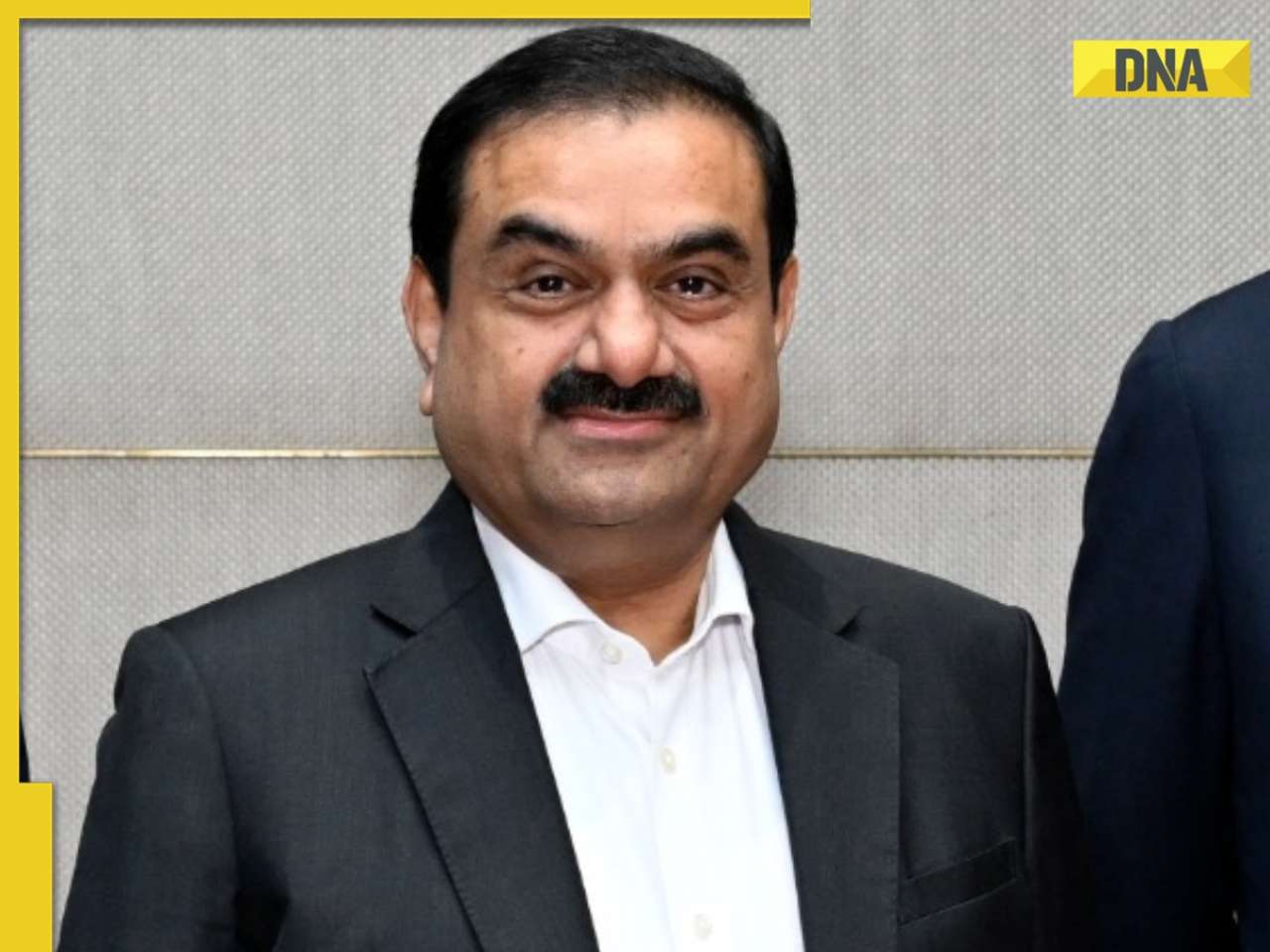




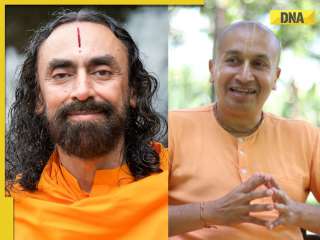

)
)
)
)
)
)
)
)
)
)
)
)
)
)
)
)







